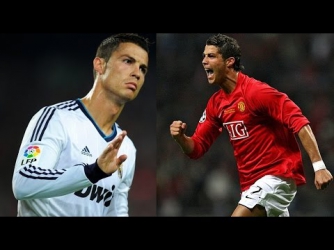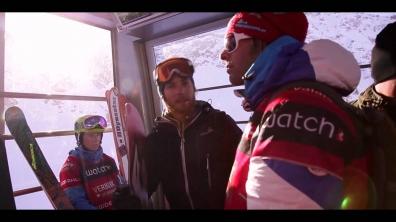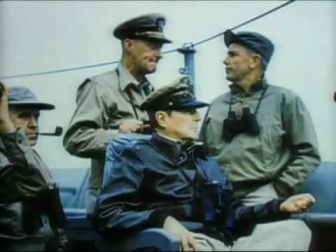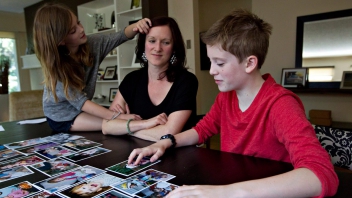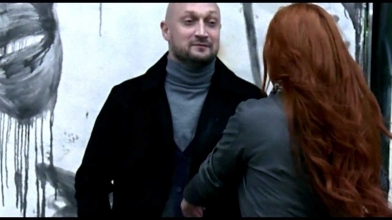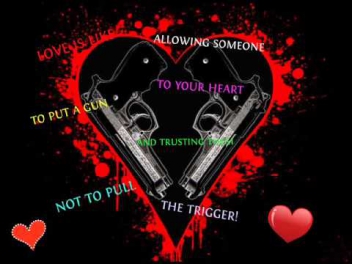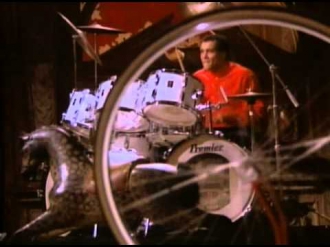Trafficking of Children in the United States: Documentary Film
Эксклюзивное видео на сайте deadmansongs.ru! Trafficking of children is a form of human trafficking and is defined as the "recruitment, transportation, transfer, harboring, and/or receipt" of a child for the purpose of exploitation. Though statistics regarding the magnitude of child trafficking are difficult to obtain, the International Labour Organization estimates that 1.2 million children are trafficked each year. The trafficking of children has been internationally recognized as a major human rights violation, one that exists in every region of the world. Yet, it is only within the past decade that the prevalence and ramifications of this practice have risen to international prominence, due to a dramatic increase in research and public action. A variety of potential solutions have accordingly been suggested and implemented, which can be categorized as four types of action: broad protection, prevention, law enforcement, and victim assistance. Major international documents regarding child trafficking include the 1989 U.N. Convention on the Rights of the Child, the 1999 I.L.O. Worst Forms of Child Labour Convention, and the 2000 U.N. Protocol to Prevent, Suppress and Punish Trafficking in Persons, especially Women and Children.Commercial sexual exploitation of children CSEC constitutes a form of coercion and violence against children and amounts to forced labour and a contemporary form of slavery.A declaration of the World Congress against Commercial Sexual Exploitation of Children, held in Stockholm in 1996, defined CSEC as: 'sexual abuse by the adult and remuneration in cash or kind to the child or a third person or persons. The child is treated as a sexual object and as a commercial object.'CSEC includes the prostitution of children, child pornography, child sex tourism and other forms of transactional sex where a child engages in sexual activities to have key needs fulfilled, such as food, shelter or access to education. It includes forms of transactional sex where the sexual abuse of children is not stopped or reported by household members, due to benefits derived by the household from the perpetrator. CSEC also potentially includes arranged marriages involving children under the age of 18 years, where the child has not freely consented to marriage and where the child is sexually abused.Prostitution of children under the age of 18 years, child pornography and the often related sale and trafficking of children are often considered to be crimes of violence against children. They are considered to be forms of economic exploitation akin to forced labour or slavery. Such children often suffer irreparable damage to their physical and mental health. They face early pregnancy and risk sexually transmitted diseases, particularly AIDS. They are often inadequately protected by the law and may be treated as criminals.Child trafficking and CSEC sometimes overlap. On the one hand, children who are trafficked are often trafficked for the purposes of CSEC. However, not all trafficked children are trafficked for these purposes. Further, even if some of the children trafficked for other forms of work are subsequently sexually abused at work, this does not necessarily constitute CSEC. On the other hand, according to the U.S. Trafficking Victims Protection Act of 2000, the definition of Severe Forms of Trafficking in Persons includes any commercial sex act performed by a person under the age of 18. This means that any minor who is commercially sexually exploited is defined as a trafficking victim, whether or not movement has taken place. CSEC is also part of, but distinct from, child abuse, or even child sexual abuse. Child rape, for example, will not usually constitute CSEC. Neither will domestic violence.Although CSEC is considered as child labour, and indeed one of the worst forms of child labor, in terms of international conventions, in legislation, policy and programmatic terms, CSEC is often treated as a form of child abuse or a crime. - с лучшим качеством и звучанием!
Trafficking of children is a form of human trafficking and is defined as the "recruitment, transportation, transfer, harboring, and/or receipt" of a child for the purpose of exploitation. Though statistics regarding the magnitude of child trafficking are difficult to obtain, the International Labour Organization estimates that 1.2 million children are trafficked each year. The trafficking of children has been internationally recognized as a major human rights violation, one that exists in every region of the world. Yet, it is only within the past decade that the prevalence and ramifications of this practice have risen to international prominence, due to a dramatic increase in research and public action. A variety of potential solutions have accordingly been suggested and implemented, which can be categorized as four types of action: broad protection, prevention, law enforcement, and victim assistance. Major international documents regarding child trafficking include the 1989 U.N. Convention on the Rights of the Child, the 1999 I.L.O. Worst Forms of Child Labour Convention, and the 2000 U.N. Protocol to Prevent, Suppress and Punish Trafficking in Persons, especially Women and Children.Commercial sexual exploitation of children (CSEC) constitutes a form of coercion and violence against children and amounts to forced labour and a contemporary form of slavery.A declaration of the World Congress against Commercial Sexual Exploitation of Children, held in Stockholm in 1996, defined CSEC as: 'sexual abuse by the adult and remuneration in cash or kind to the child or a third person or persons. The child is treated as a sexual object and as a commercial object.'CSEC includes the prostitution of children, child pornography, child sex tourism and other forms of transactional sex where a child engages in sexual activities to have key needs fulfilled, such as food, shelter or access to education. It includes forms of transactional sex where the sexual abuse of children is not stopped or reported by household members, due to benefits derived by the household from the perpetrator. CSEC also potentially includes arranged marriages involving children under the age of 18 years, where the child has not freely consented to marriage and where the child is sexually abused.Prostitution of children under the age of 18 years, child pornography and the (often related) sale and trafficking of children are often considered to be crimes of violence against children. They are considered to be forms of economic exploitation akin to forced labour or slavery. Such children often suffer irreparable damage to their physical and mental health. They face early pregnancy and risk sexually transmitted diseases, particularly AIDS. They are often inadequately protected by the law and may be treated as criminals.Child trafficking and CSEC sometimes overlap. On the one hand, children who are trafficked are often trafficked for the purposes of CSEC. However, not all trafficked children are trafficked for these purposes. Further, even if some of the children trafficked for other forms of work are subsequently sexually abused at work, this does not necessarily constitute CSEC. On the other hand, according to the U.S. Trafficking Victims Protection Act of 2000, the definition of Severe Forms of Trafficking in Persons includes any commercial sex act performed by a person under the age of 18. This means that any minor who is commercially sexually exploited is defined as a trafficking victim, whether or not movement has taken place. CSEC is also part of, but distinct from, child abuse, or even child sexual abuse. Child rape, for example, will not usually constitute CSEC. Neither will domestic violence.Although CSEC is considered as child labour, and indeed one of the worst forms of child labor, in terms of international conventions, in legislation, policy and programmatic terms, CSEC is often treated as a form of child abuse or a crime.


